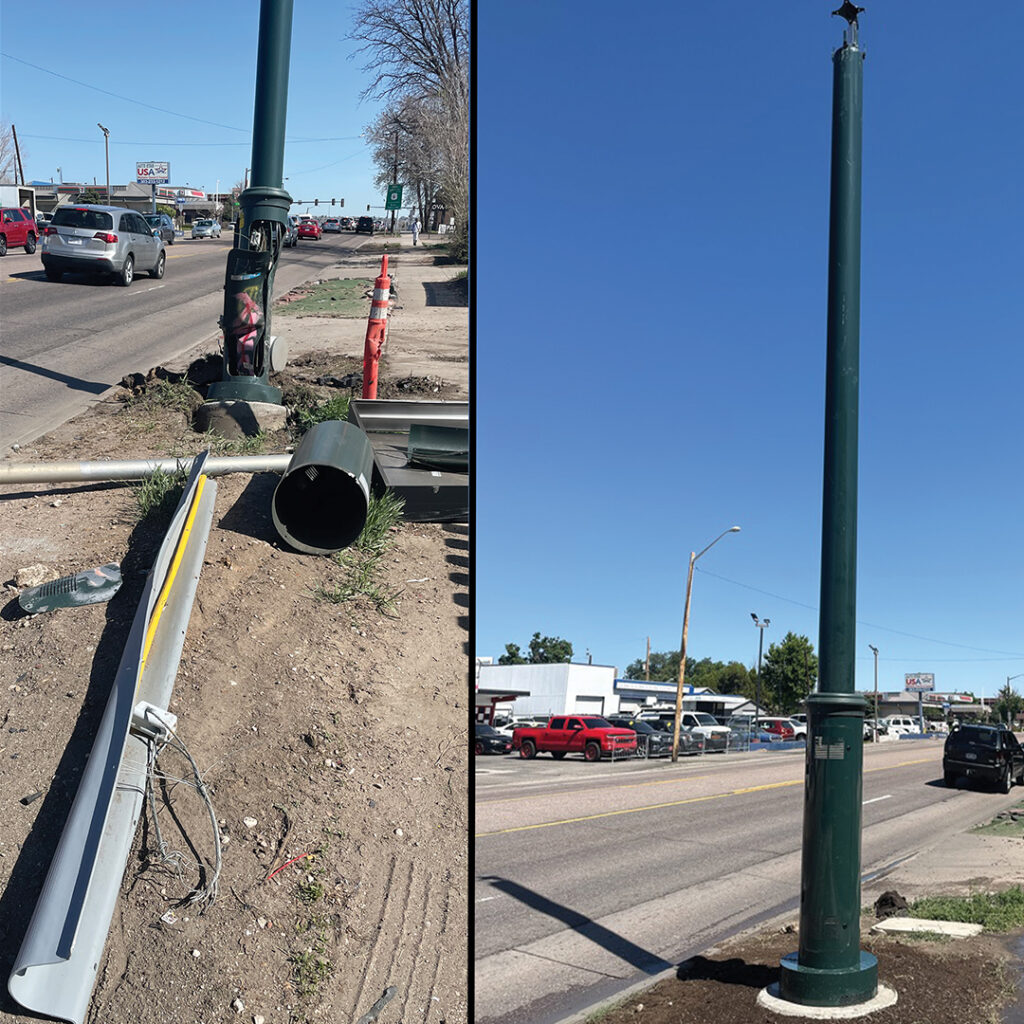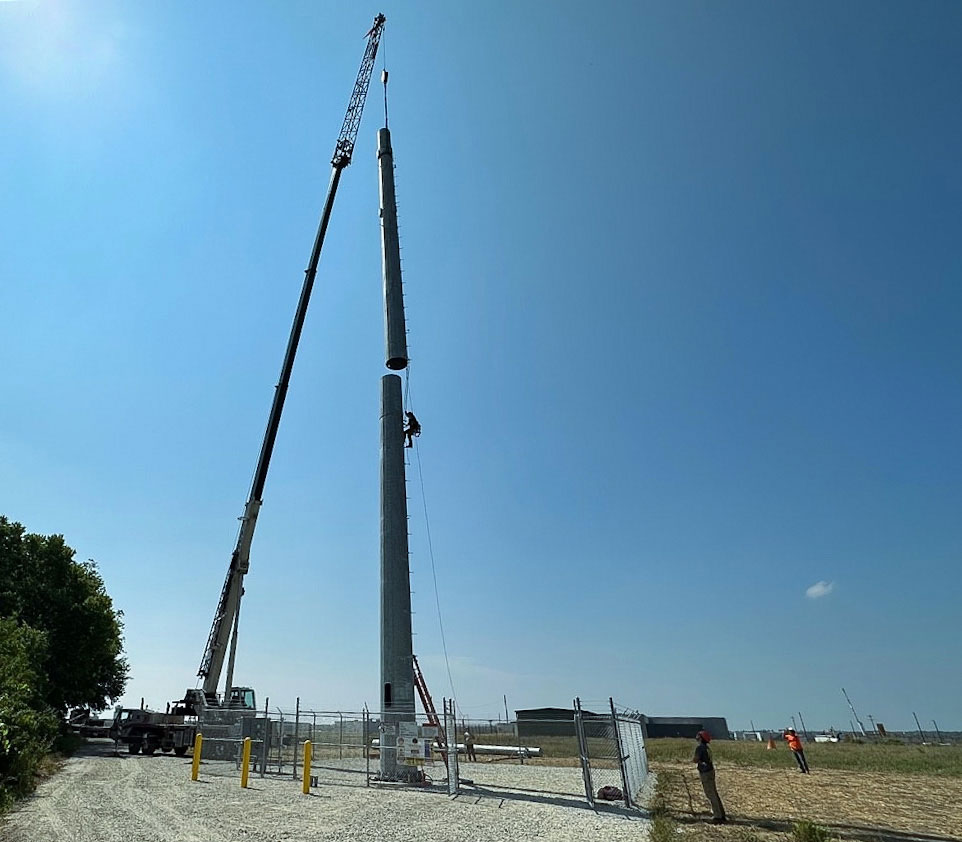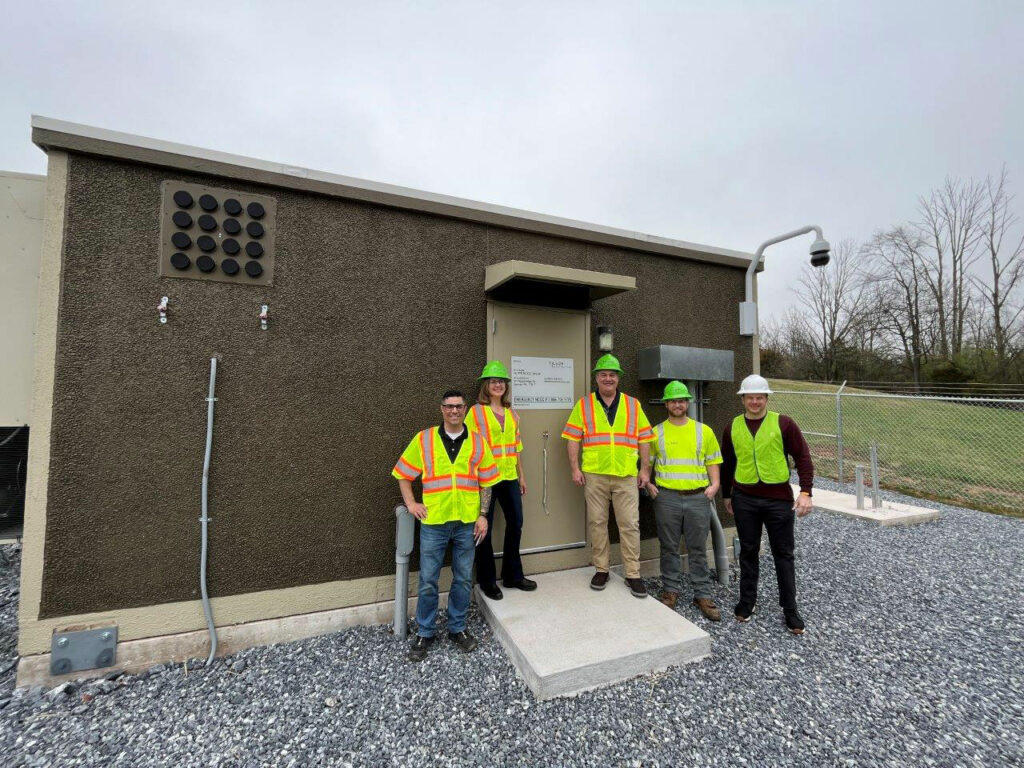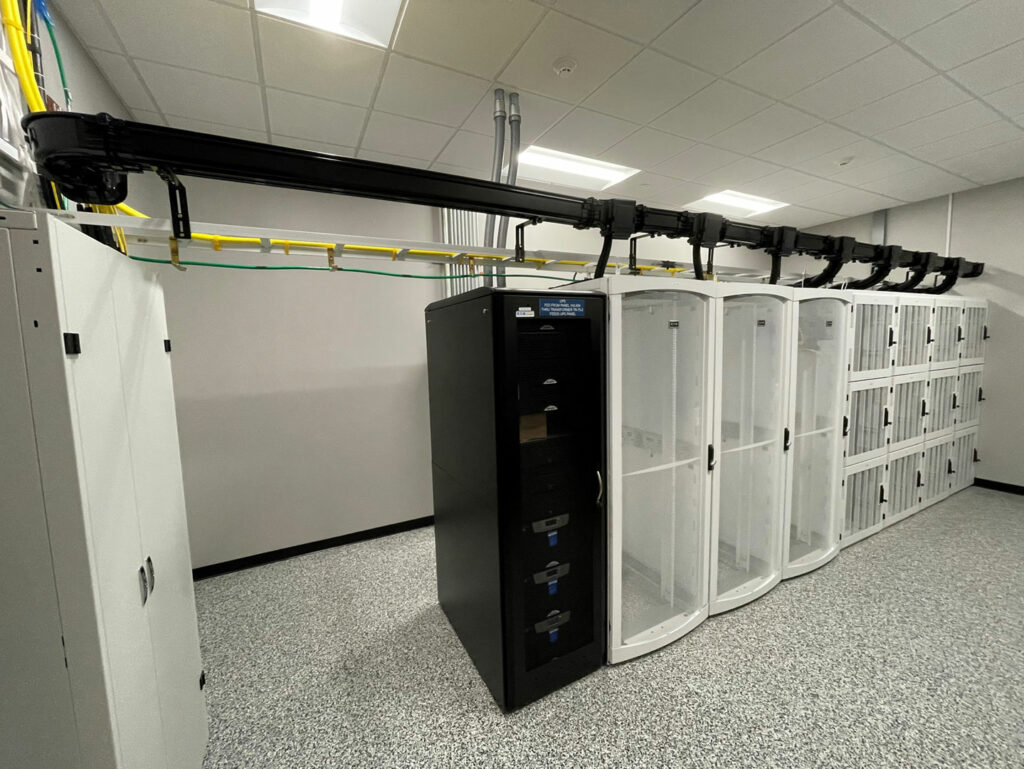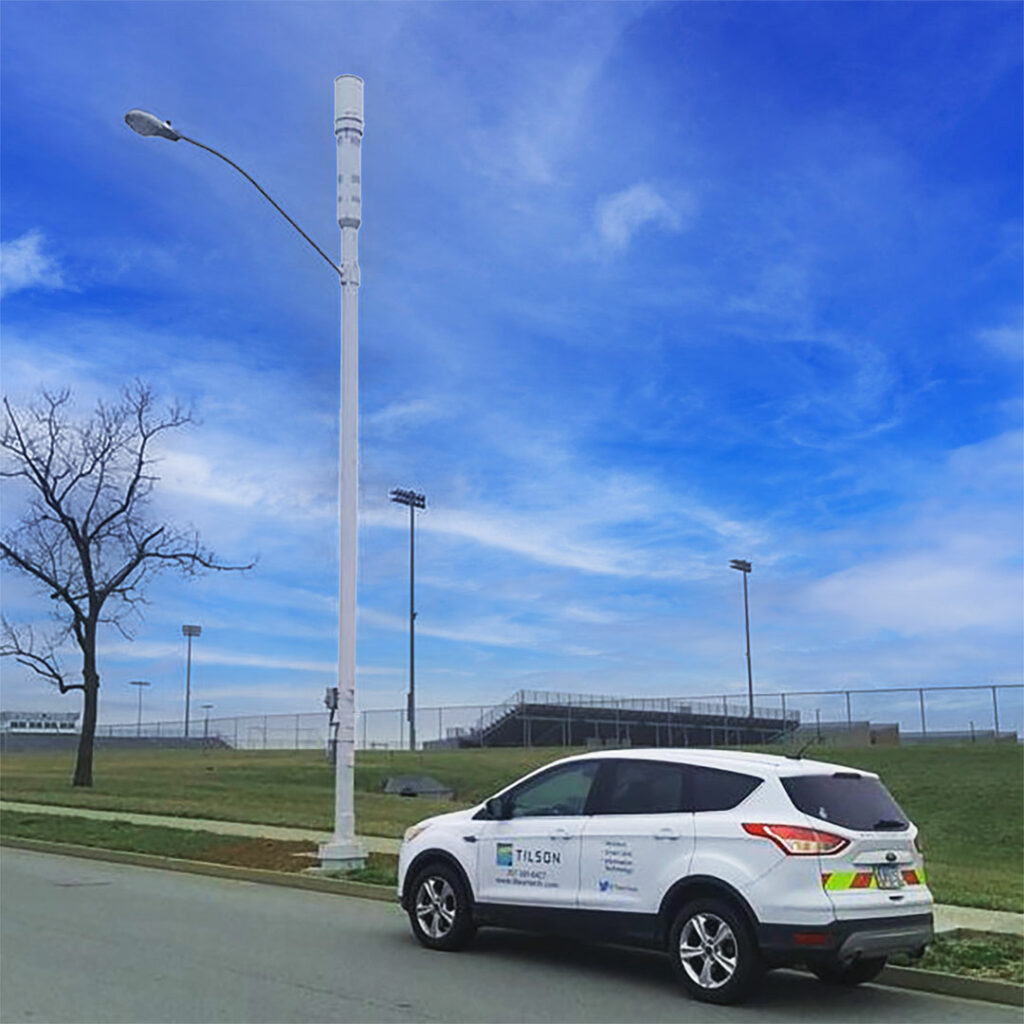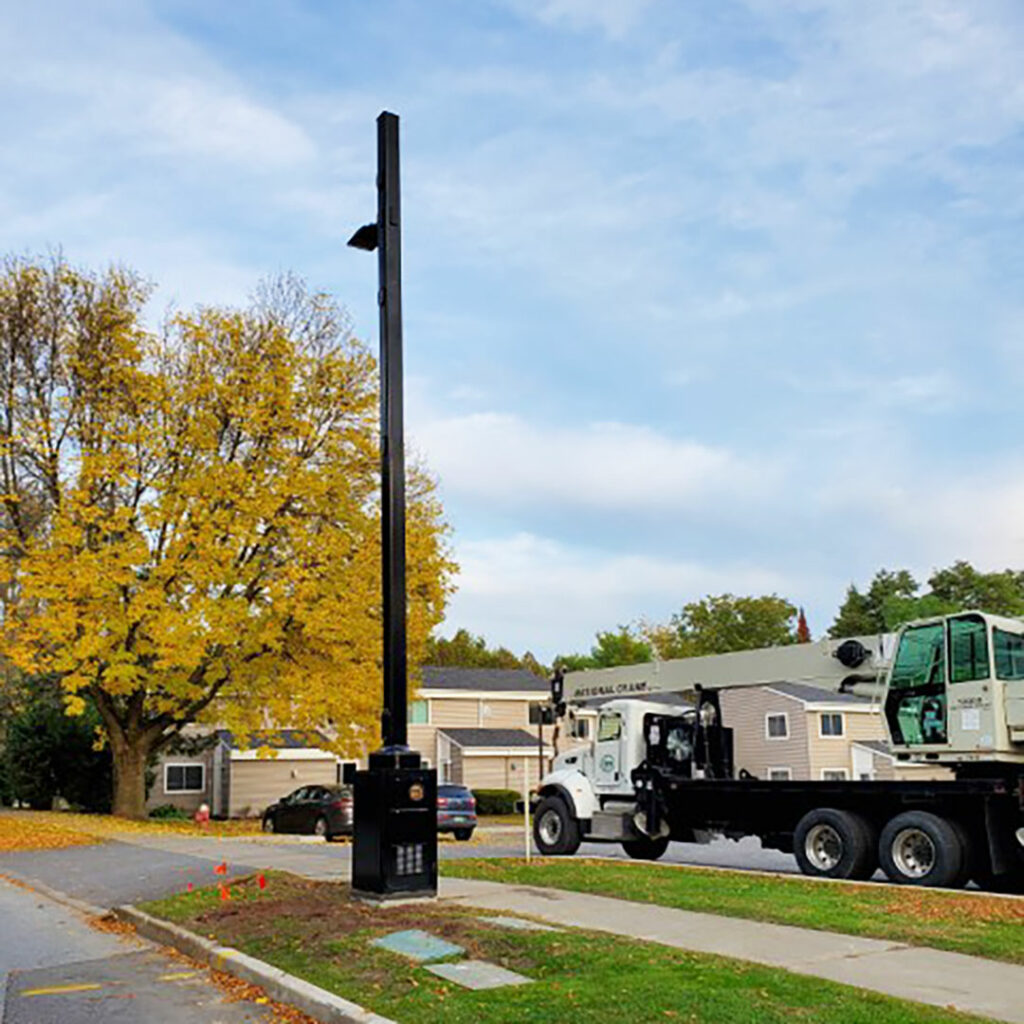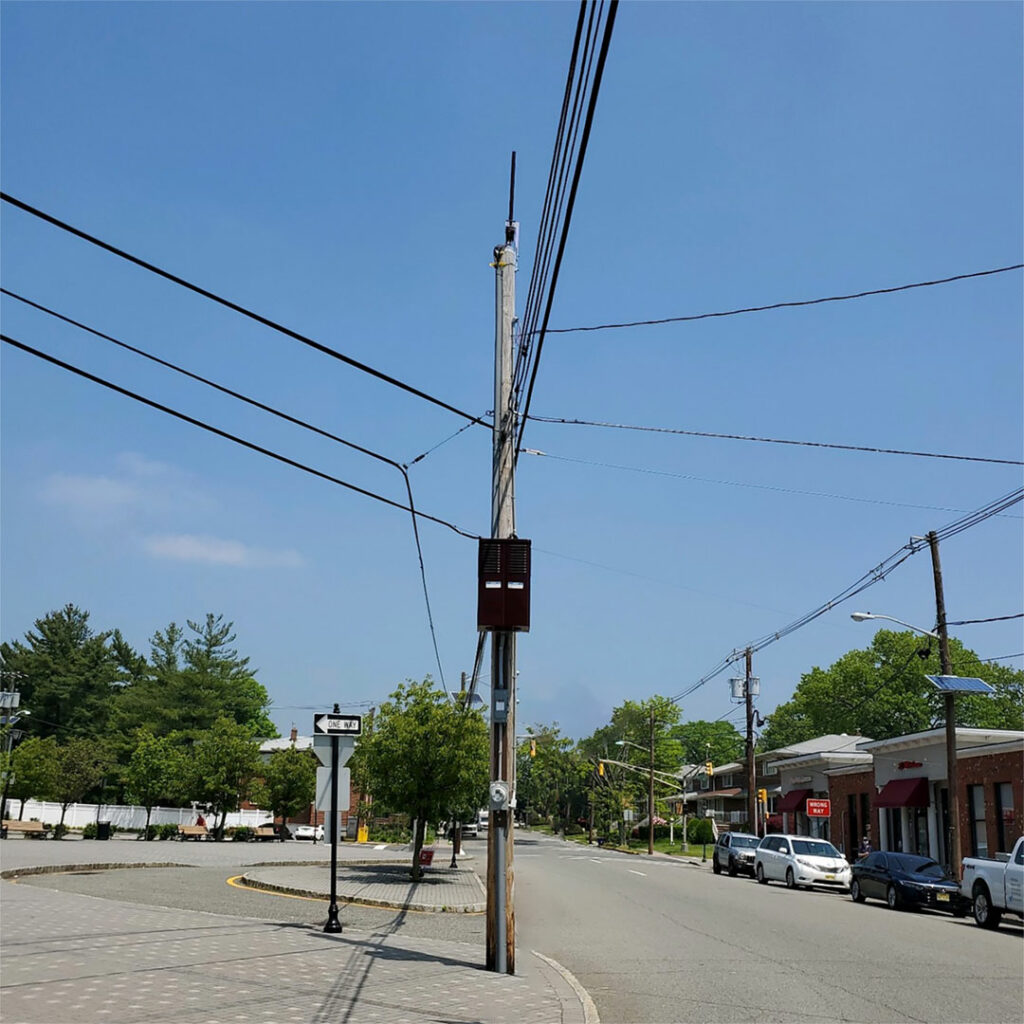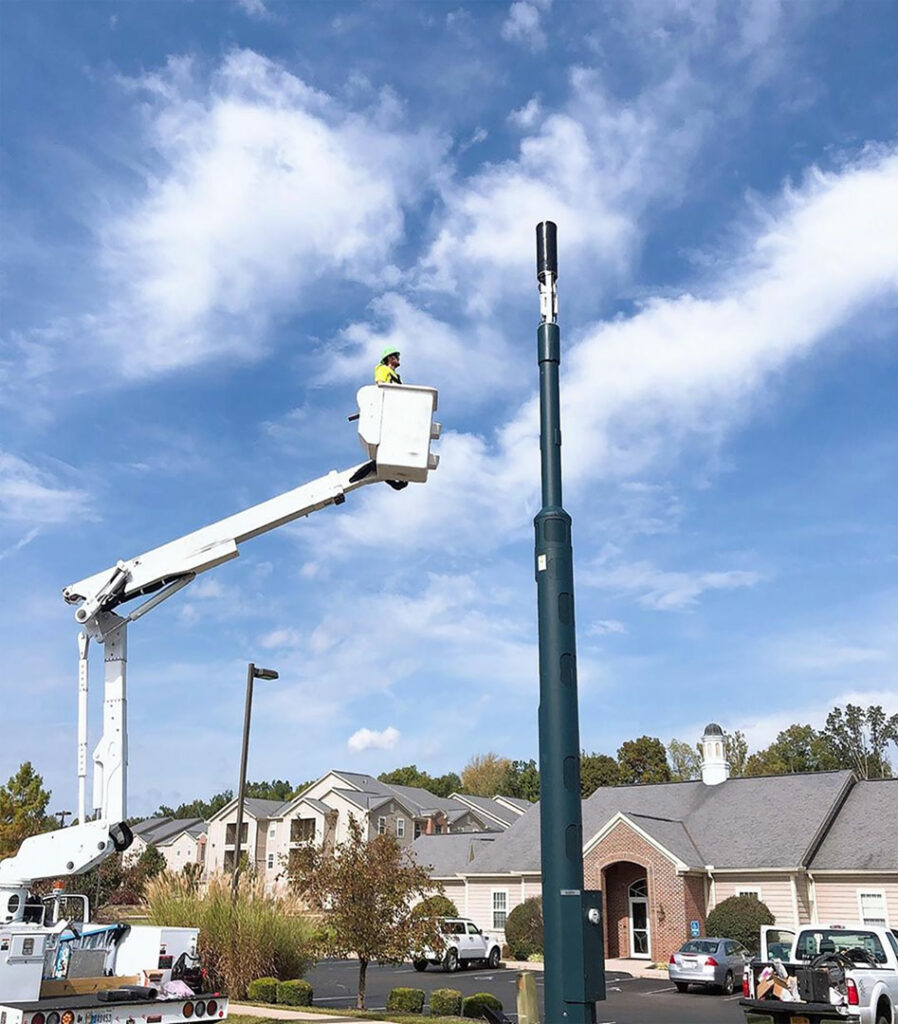Top 5 Small Cell Trends – 2023 Report
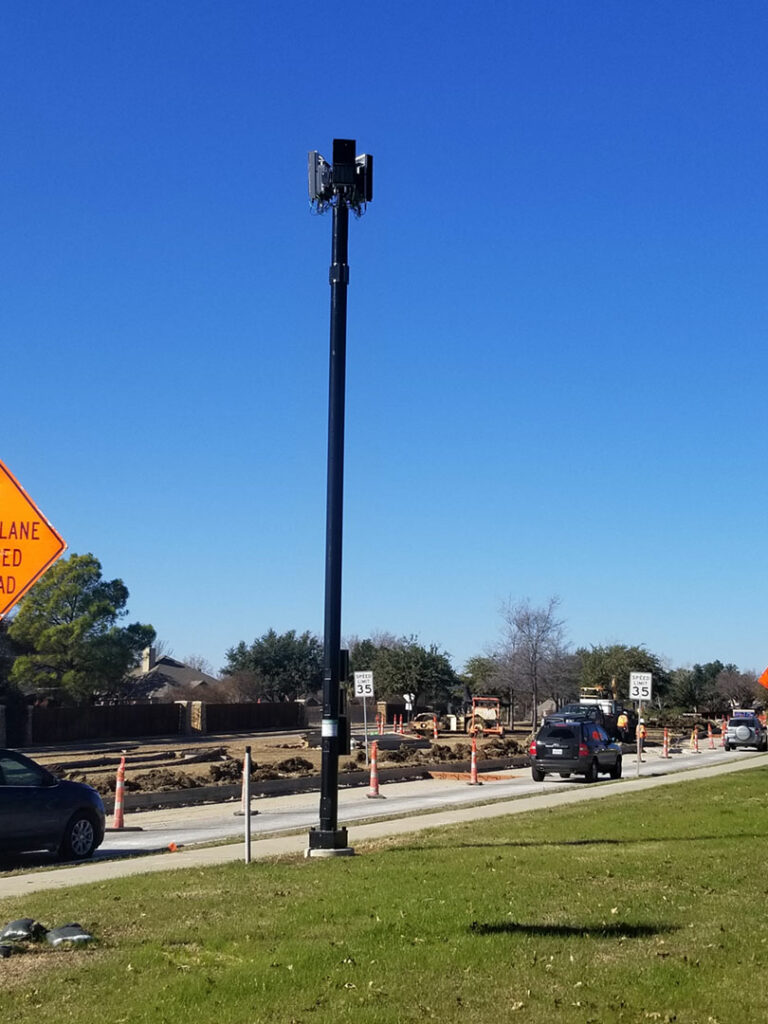
By Will Ginn, Senior Product Manager
This past May at the annual Connect(X) conference in New Orleans, telecommunication industry leaders met to discuss emerging trends for the upcoming year. Connect(X) is an opportunity for the entire supplier ecosystem to come together and discuss the next generation of connectivity technologies. Along with many other firms, Tilson Infrastructure was eager to learn about what is coming up in the world of small cells, especially from the carrier and designer perspectives. It’s no secret that carriers have scaled back from ambitious plans for small cell projects. But after a brief lull, we are thrilled to hear that work is ramping up with some exciting new developments that will bring small cells back into focus across infrastructure development.
How can you be prepared for the relaunch of small cells?
Here are 5 trends to watch out for this year:
Comeback On the Horizon – While there is currently a lull in small cell construction with carriers pulling back and focusing on C-Band deployments, the industry buzz says small cells are expected to be back on the rise starting as soon as Q4 this year.
Expertise Downturn – The industry is losing small cell expertise as the market shifts towards other technologies (ie: macro in rural areas, private networks, electric vehicles). When the small cell market comes back around, there will be fewer companies who have stayed on top of technology trends and will be ready to develop new opportunities.
Cost-Saving Designs – Recently, carriers have expressed interest in larger, pole mounted small cells, higher powered radios, and dedicated installations, which are more costly than previous models. Pole designs are becoming more sophisticated, but designers are going to have to prove cost savings from either showing multi-tenancy, easing deployment costs, or providing an upgrade path to future technologies.
Focus on Smaller Cities for Deployment – Small cell deployment is shifting to tier 2 and tier 3 markets, as well as the suburbs, tracking where people are spending more time in the post Covid landscape. This is going to require new fiber partners, and a deft hand in educating municipalities that have not necessarily seen small cell deployments at scale in the past.
Fiber Diversity and Availability – Covid relief funds fueled fiber deployments, resulting in more fiber in the ground and to poles. This fiber availability bears the promise of lowering future costs of connecting small cells.
Want to learn more about how Tilson Infrastructure creates economically diverse solutions for small cells? Contact our sales team today!
Eastern US: Teri Borders tborders@tilsontech.com
Western US: Todd VanBoxtel tvanboxtel@tilsontech.com
Tilson Infrastructure provides elemental infrastructure – poles, towers, and fiber to support carrier networks. We aggressively focus on providing our customers with lower costs by combining or decoupling asset classes as needed. Learn how we helped the Purdue Research Foundation to provide economical solutions using elemental infrastructure here.


